Most travelers heading to Mozambique picture long beaches, turquoise waves, and the Bazaruto islands. While those are stunning, they only tell half the story. Mozambique is a huge country, full of corners where the pace is slower, the culture is rich, and the landscapes will surprise you.
Now that the Mozambique Online eVisa makes travel simpler—no more embassy queues, just an online application—it’s easier than ever to step off the well-worn path.

If you’re curious about places where you’ll meet more locals than tourists, these Mozambique ten lesser-known destinations deserve a spot on your list.
1. Ilha de Moçambique (Mozambique Island)
A small island with a big past. Once the capital under Portuguese rule, Ilha de Moçambique is like stepping into another era. Narrow streets are lined with faded colonial mansions, and the island’s Stone Town carries a quiet dignity.
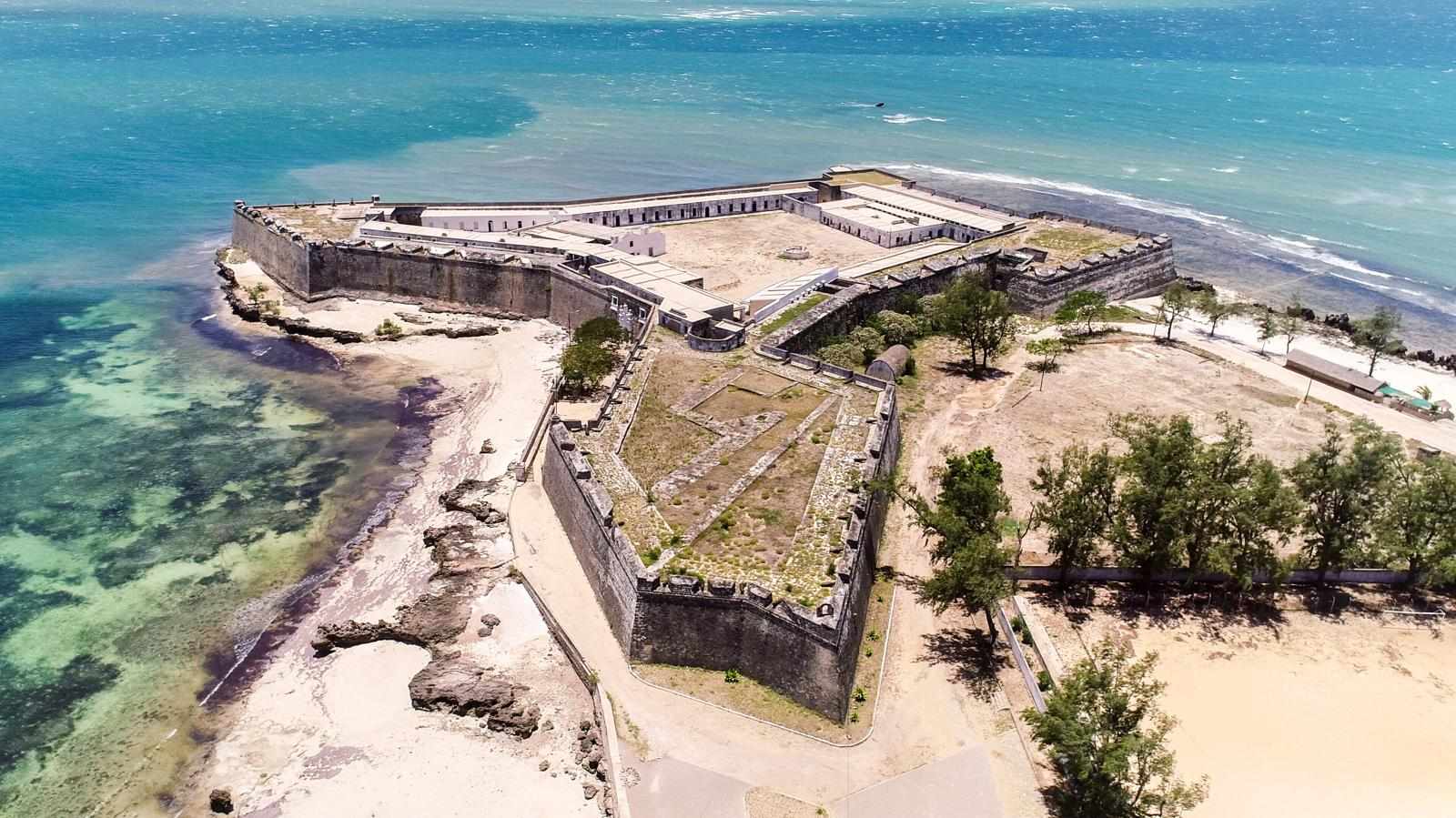
Why it’s worth visiting:
Because it feels like history you can touch. You can walk from the fort to the old hospital and hear stories from locals whose families have lived there for generations.
Traveler’s tip: Don’t rush. Spend an evening wandering, watching children play football near the beach as the sun dips low.
2. Inhassoro
If Vilanculos feels a bit too busy, keep driving north and you’ll reach Inhassoro. It’s a town where time slows down. Fishermen bring in their catch each morning, and the rhythm of life is calm and unhurried.
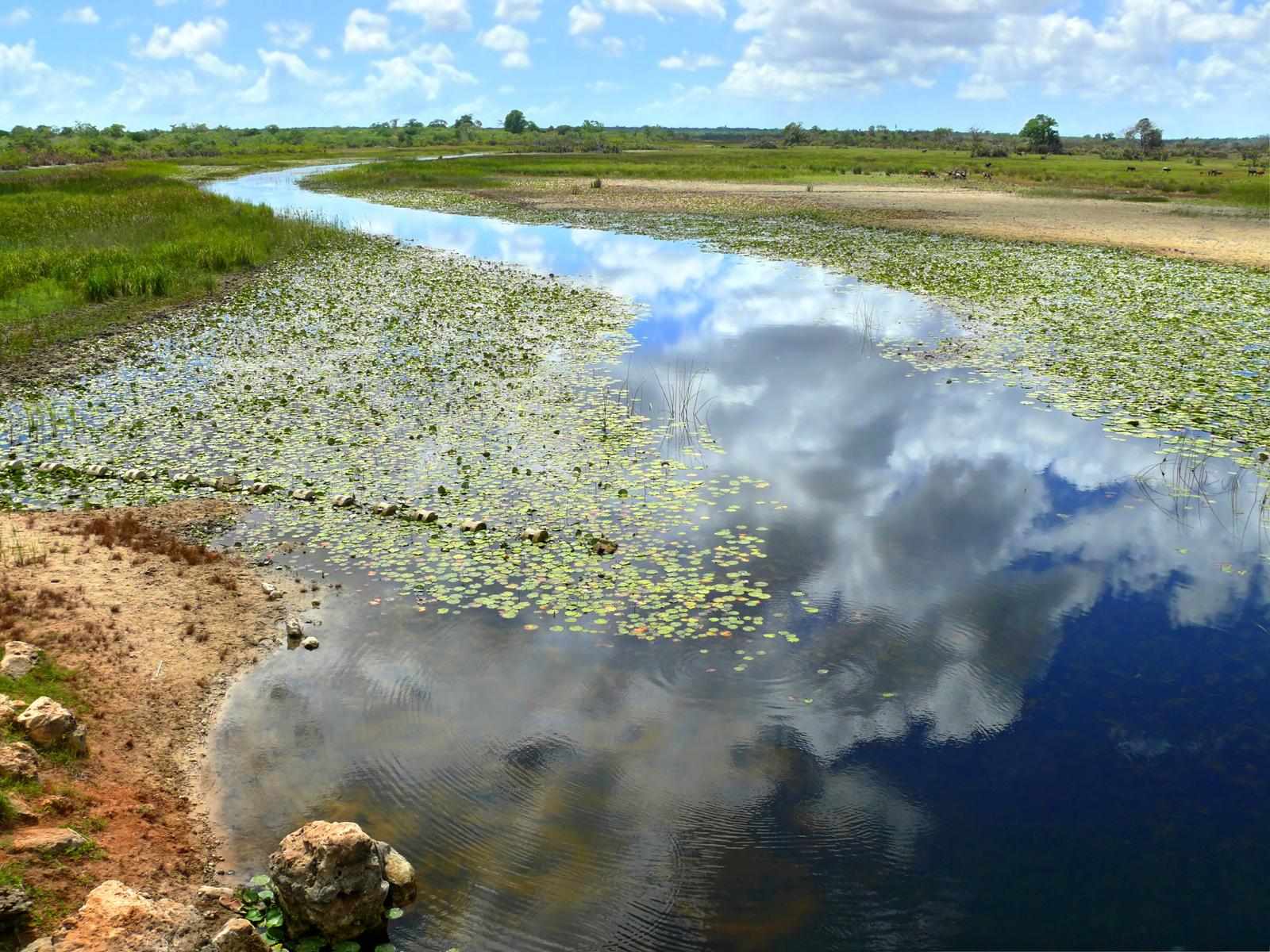
Why it’s worth visiting:
It’s a quieter gateway to the Bazaruto Archipelago without the usual tourist buzz.
Traveler’s tip: Order grilled prawns at a beach shack—you’ll wonder why seafood anywhere else doesn’t taste the same.
3. Niassa Reserve
Stretching across northern Mozambique, Niassa Reserve is wild, remote, and breathtakingly raw. Few visitors come here, which makes it feel like Africa before tourism.
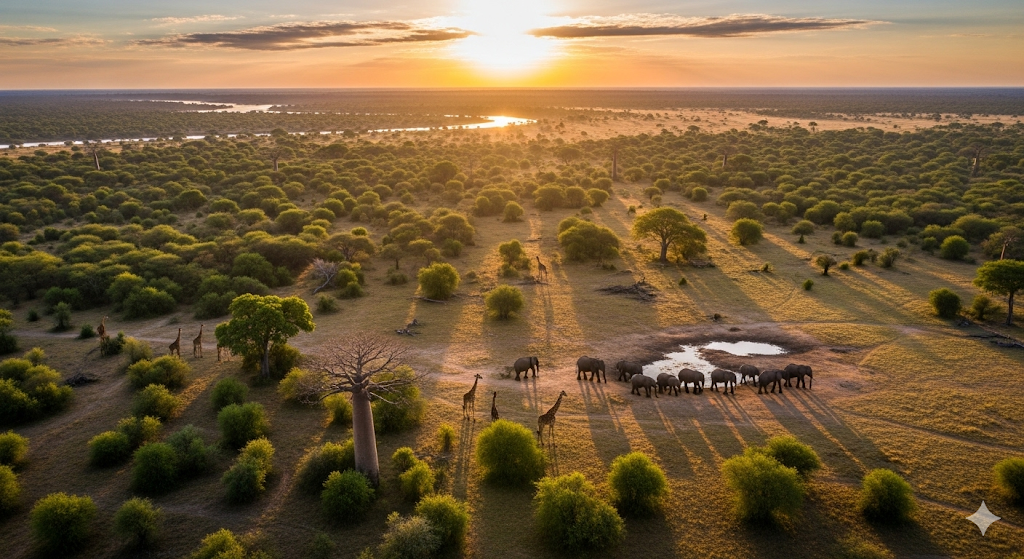
Why it’s worth visiting:
It’s home to elephants, lions, wild dogs, and countless bird species. Safaris here are not polished or commercial—they’re authentic and rugged.
Traveler’s tip: Come with a spirit of adventure and a good guide. Nights under the stars here are unforgettable.
4. Pemba
Pemba is often seen as just a stop on the way to the Quirimbas Archipelago, but the city itself has charm if you give it time.
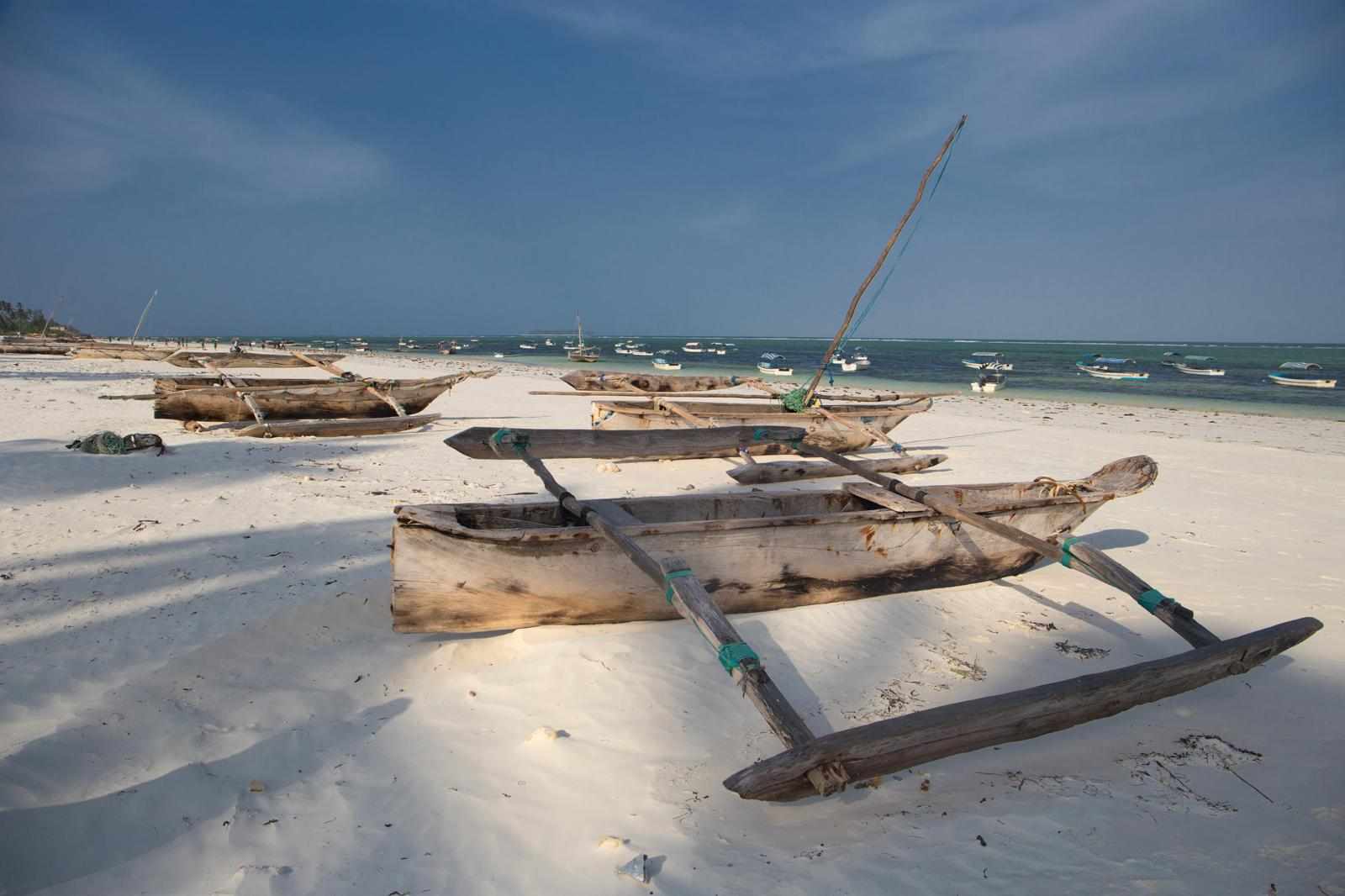
Why it’s worth visiting:
Its coral reefs are some of the most beautiful in Mozambique, perfect for diving and snorkeling. Wimbe Beach is lively yet laid-back, with fishermen, families, and travelers all mixing together.
Traveler’s tip: Try a dhow trip—traditional wooden sailing boats that glide across the bay as if time hasn’t changed in centuries.
5. Gurué
In the heart of Zambezia Province, Gurué is surrounded by tea plantations and mountains. The air here feels fresh and cool, a welcome change from the heat of the coast.
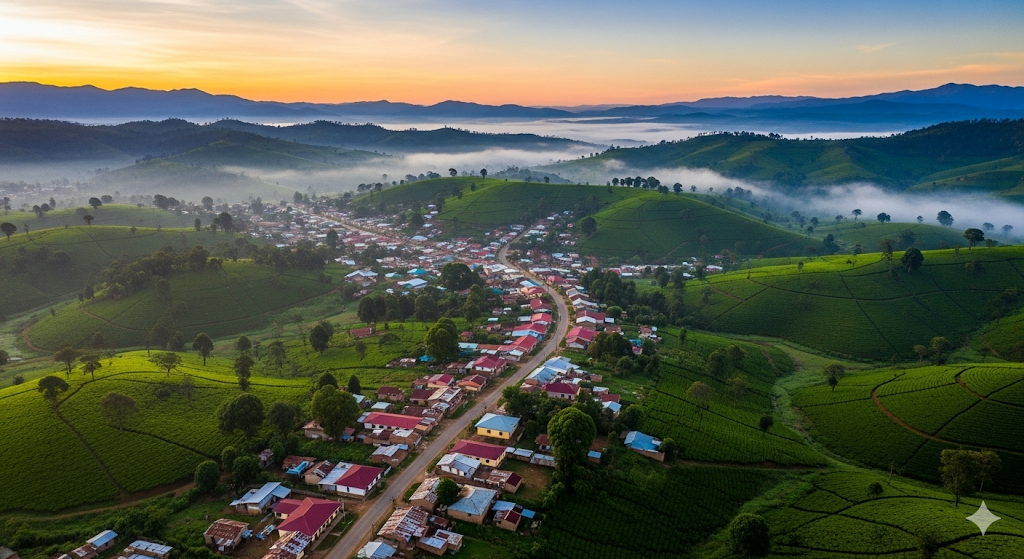
Why it’s worth visiting:
It offers some of Mozambique’s best hiking. Mount Namuli, the country’s second-highest peak, rises nearby.
Traveler’s tip: Don’t leave without tasting local tea. Sitting with a hot cup, overlooking endless green fields, is as peaceful as travel gets.
6. Quirimbas Archipelago (Beyond Ibo Island)
Everyone talks about Ibo Island, but the rest of the Quirimbas are even quieter. Some islands are uninhabited, others are home to small fishing villages.
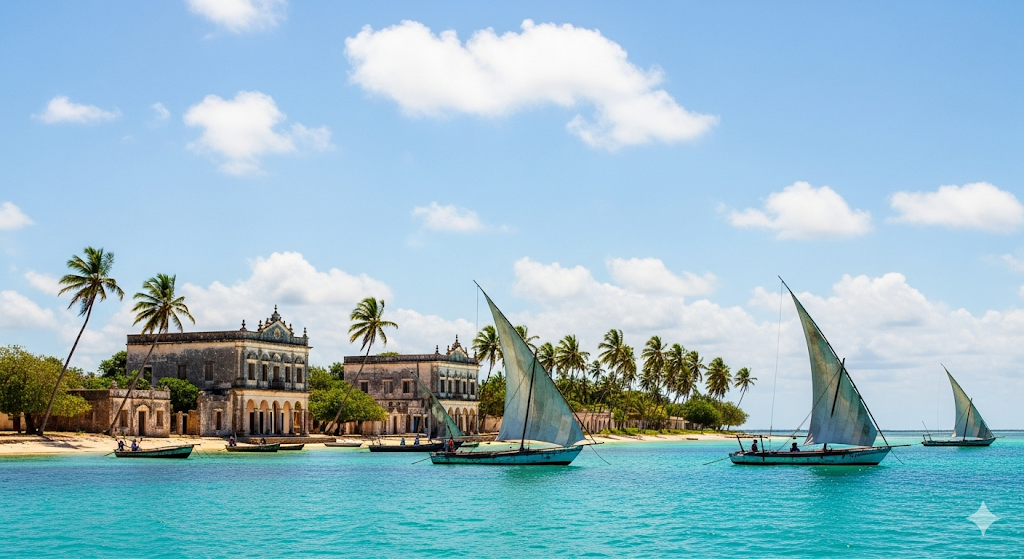
Why it’s worth visiting:
You’ll find untouched reefs, white sands, and nights where the stars feel close enough to touch.
Traveler’s tip: Join a dhow safari that takes you from island to island. Sleep on the beach, eat fresh-caught fish, and let the tide set your schedule.
7. Chimoio
Close to the Zimbabwe border, Chimoio isn’t polished for tourists, but that’s its charm. It’s a bustling city surrounded by farmland and mountains.
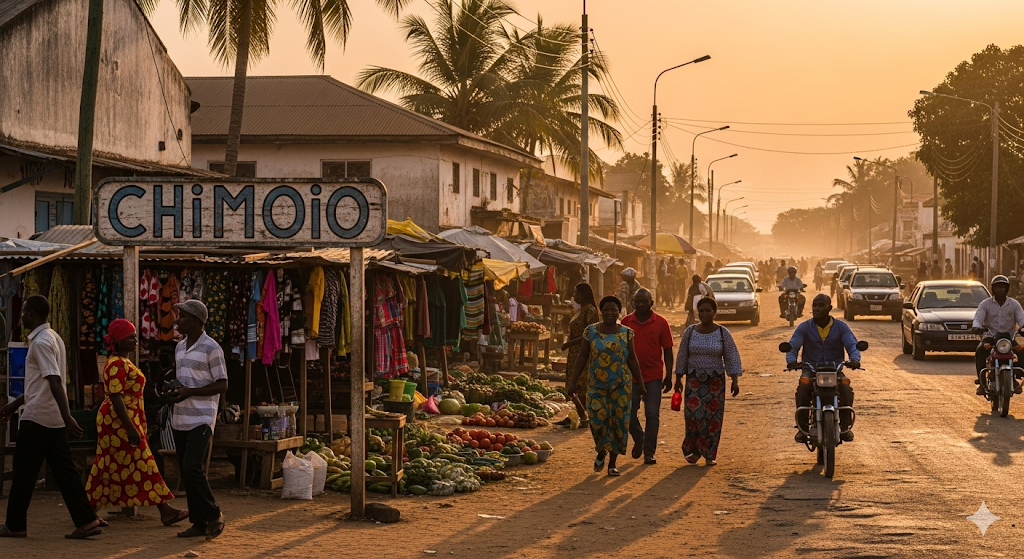
Why it’s worth visiting:
It offers a glimpse of daily Mozambican life away from the coast. Nearby Mount Binga, Mozambique’s highest peak, challenges hikers with its rugged terrain.
Traveler’s tip: Visit local markets. You’ll find fresh produce, handmade crafts, and a chance to talk with people who rarely meet foreign visitors.
8. Xai-Xai
Only a few hours from Maputo, Xai-Xai is often skipped over by travelers rushing north. That’s a mistake. The beaches here are broad and less crowded, and the town itself is friendly and authentic.
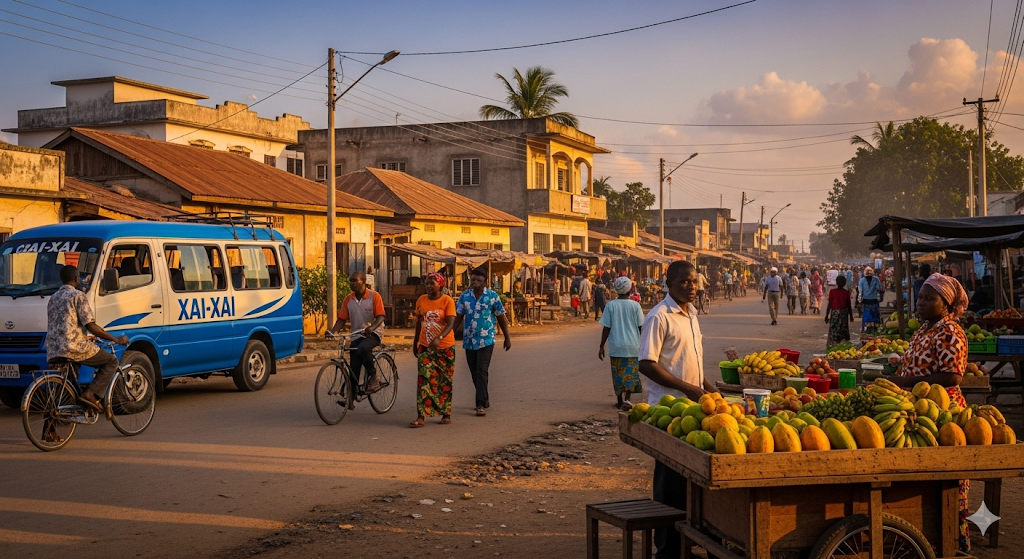
Why it’s worth visiting:
The tidal pools and reefs make it excellent for snorkeling, and the beach vibe is much calmer than busier resort towns.
Traveler’s tip: Try matapa, a local dish made from cassava leaves and coconut milk, at a family-run eatery.
9. Lichinga
Sitting high in the Niassa province, Lichinga overlooks Lake Niassa (Lake Malawi). It’s far from tourist hotspots, which makes it ideal if you’re seeking solitude.
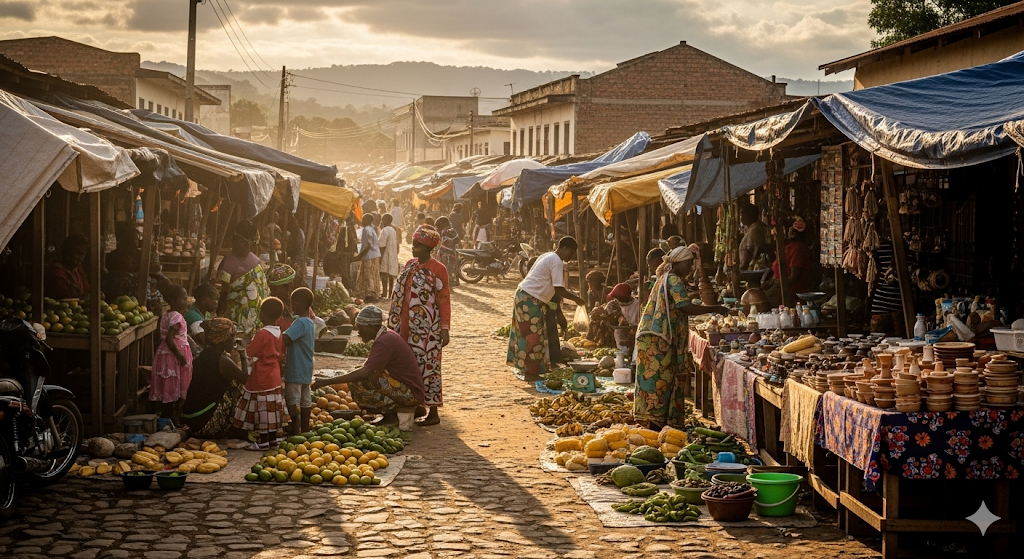
Why it’s worth visiting:
The views over the lake are stunning, and the Makonde people here are famous for their wood carvings and cultural traditions.
Traveler’s tip: Spend time in local craft markets. You’ll find artwork that tells stories of history, faith, and resilience.
10. Beira
Beira is Mozambique’s second-largest city, but it’s often left out of itineraries. While parts of it show the scars of cyclones and history, it has a gritty charm.
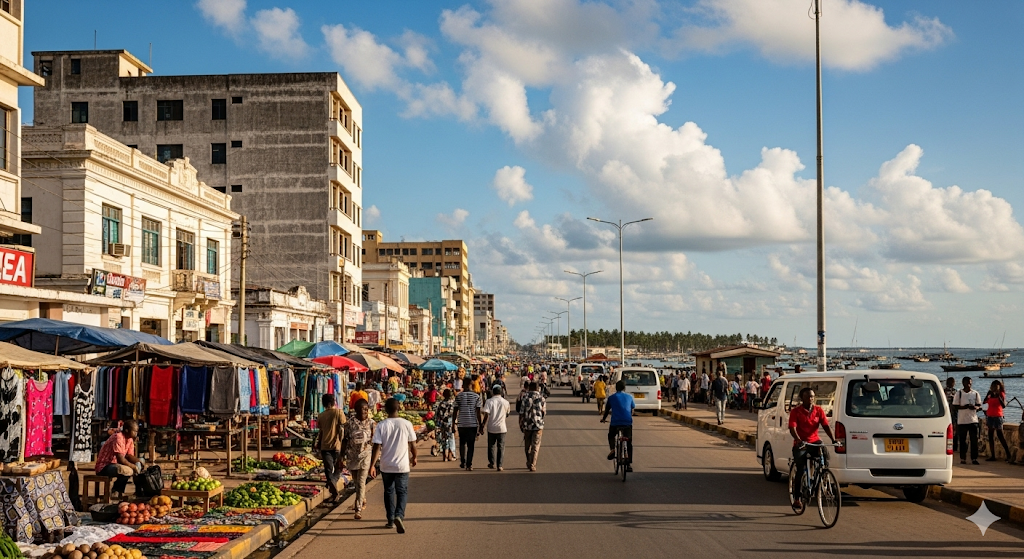
Why it’s worth visiting:
It feels real—less tourist gloss, more authentic encounters. The waterfront, old cathedral, and colonial buildings give it character.
Traveler’s tip: Walk along the seafront in the evening when families gather and the city feels most alive.
How the Mozambique eVisa Makes All This Possible
Exploring these places would have been harder a few years ago. But the eVisa has simplified everything:

Apply Mozambique eVisa application online instead of visiting embassies.
Quick approvals—usually within a few days.
Peace of mind knowing your entry is sorted before your flight.
For travelers who want to chase hidden gems instead of waiting in lines, this system is a game-changer.
Tips for Going Off the Beaten Path in Mozambique
Transport: Distances are long, and roads can be rough. Flights save time, but buses and private drivers offer more local flavor.
Carry cash: ATMs are scarce in smaller towns, and credit cards aren’t always accepted.
Learn some Portuguese: Even basic phrases like bom dia (good morning) or obrigado (thank you) go a long way.
Respect traditions: Many communities are conservative. Modest dress and polite greetings matter.
Pack patience: Things don’t always run on schedule here—but that’s part of Mozambique’s charm.
Why Hidden Places Make the Best Memories
The famous attractions of Mozambique are beautiful, no doubt. But it’s often the less-visited spots—the quiet fishing towns, the remote reserves, the highland tea fields—that leave the strongest impressions.
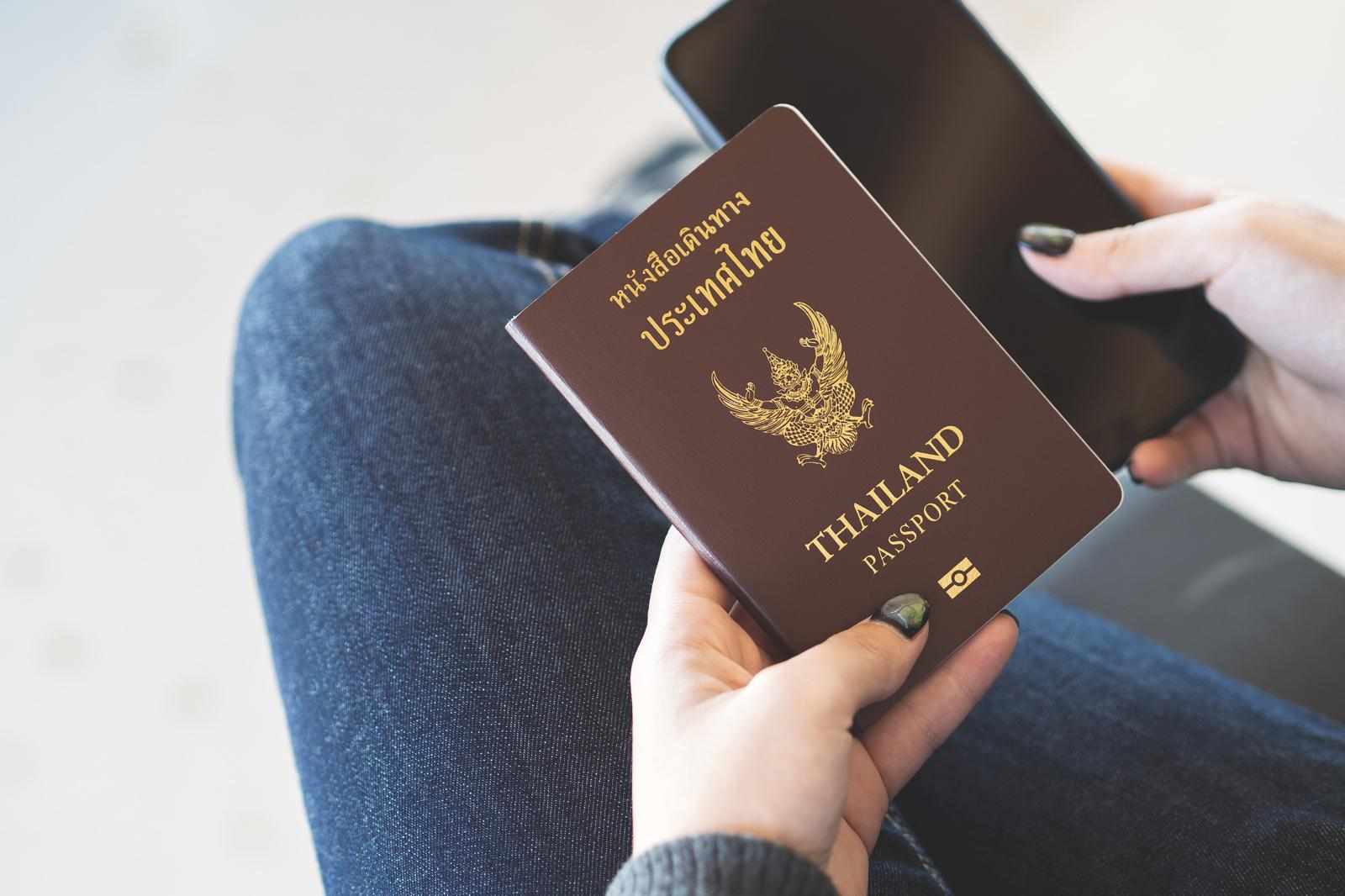
These are the places where conversations with strangers turn into stories you’ll tell for years. They’re also the places where your travel dollars make a bigger difference to local families.
Final Thoughts
Mozambique rewards the curious traveler. With your Mozambique eVisa, you’re not limited to the tourist trail—you’re free to explore places most people have never heard of.
From historic islands to mountain villages, from untouched reefs to lively inland cities, these destinations show you a side of Mozambique that guidebooks often skip.
So, the next time you dream of Africa, don’t just think of safaris or big cities. Think of Mozambique—and think beyond the obvious.


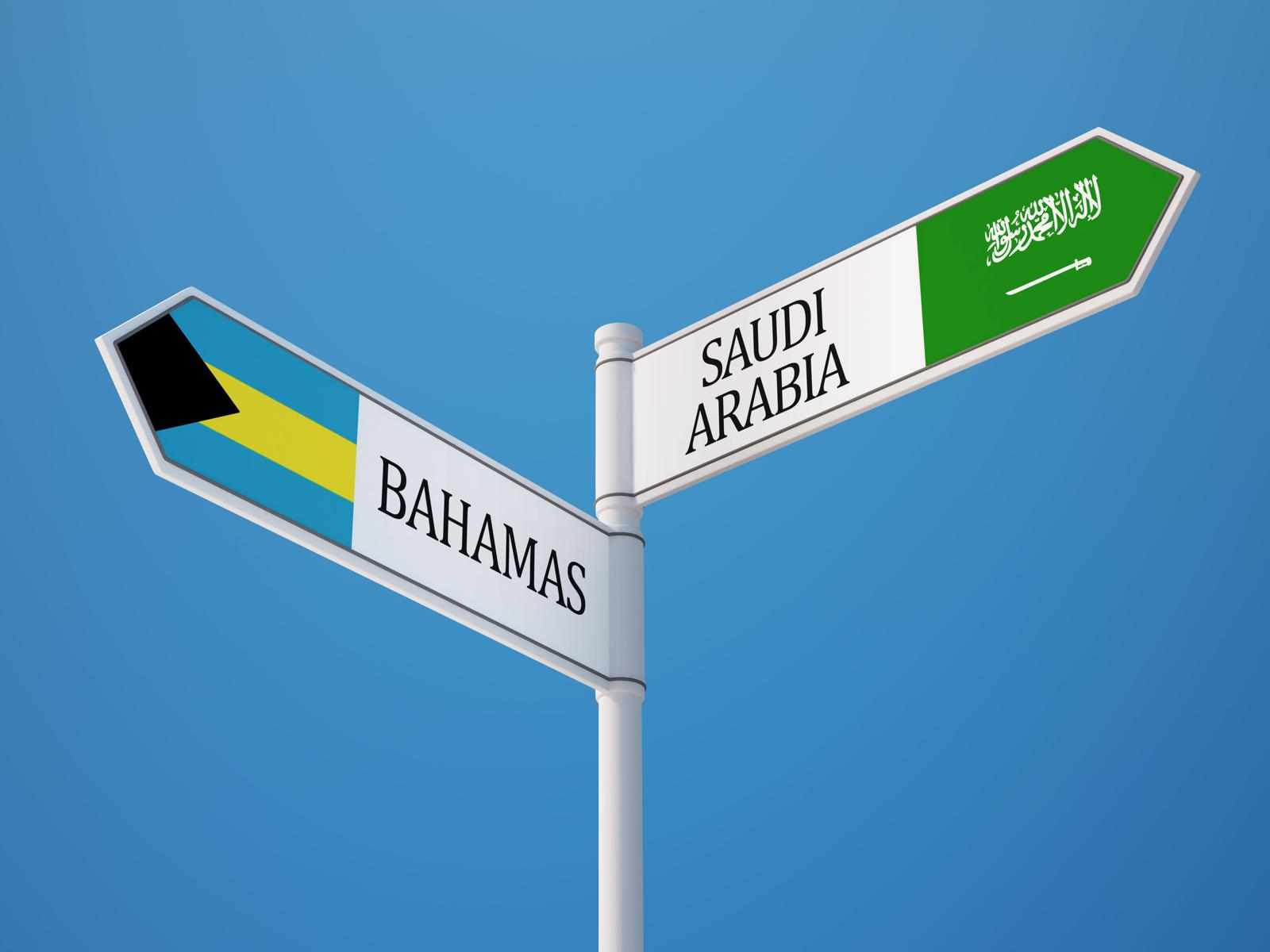
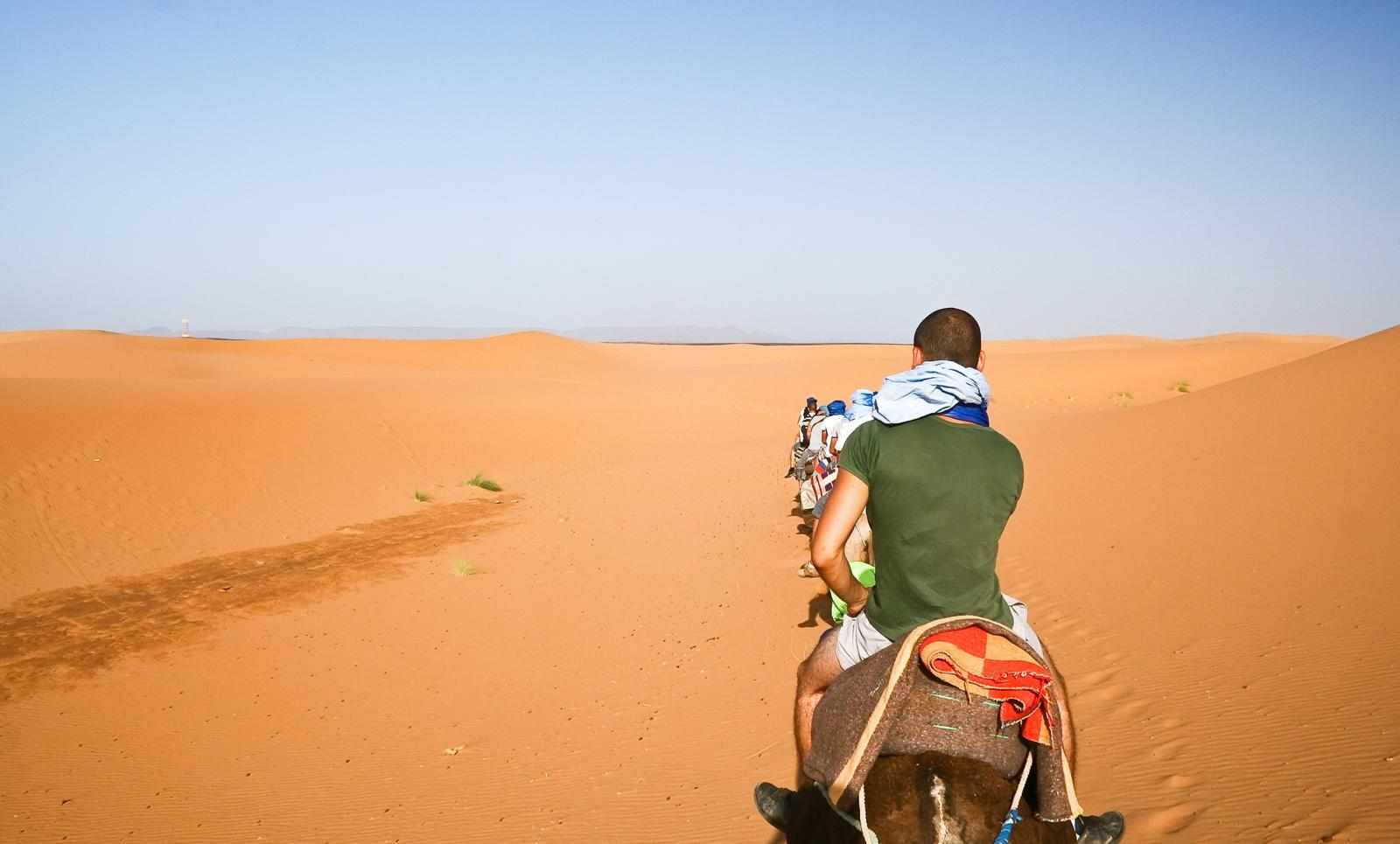

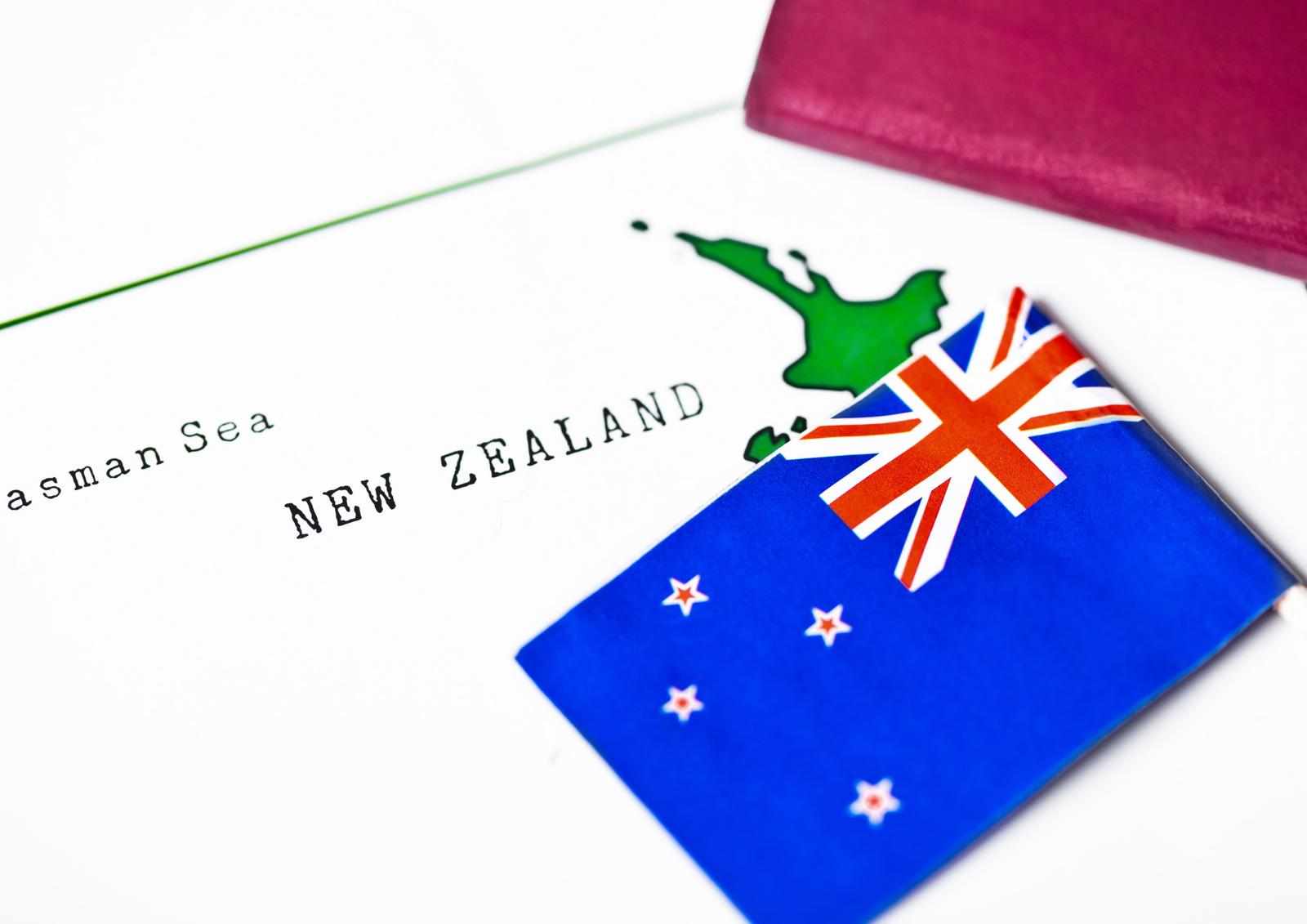
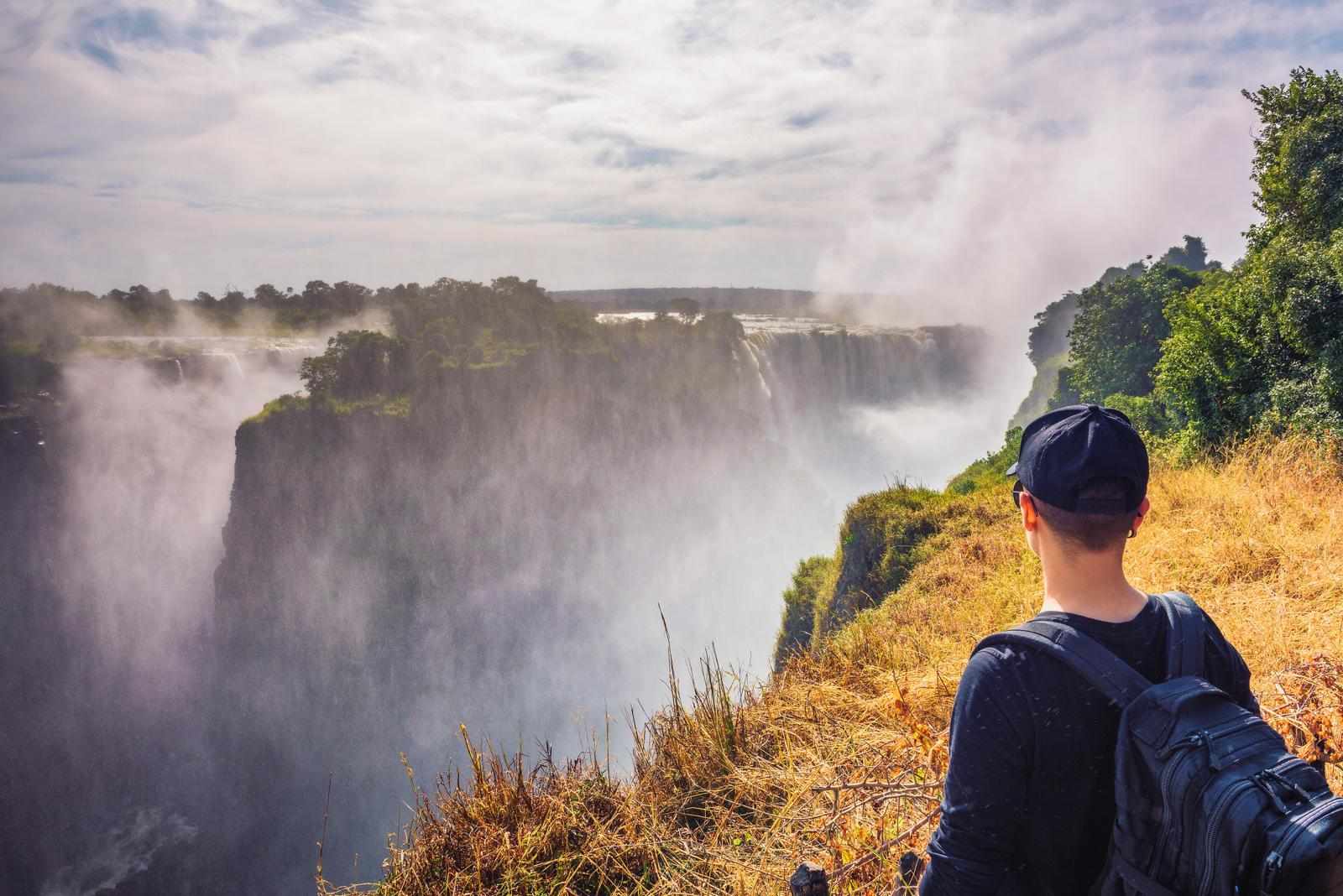
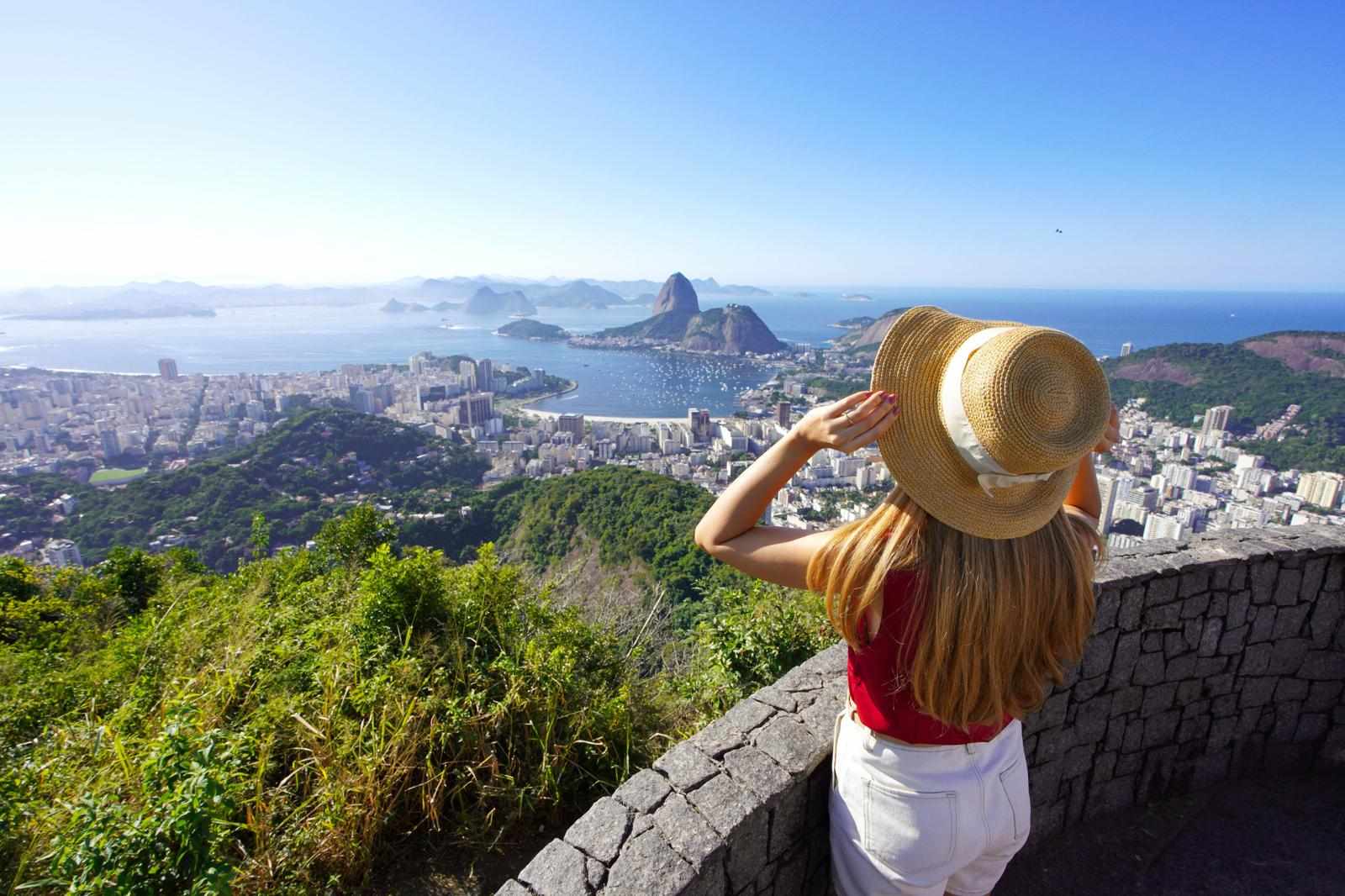

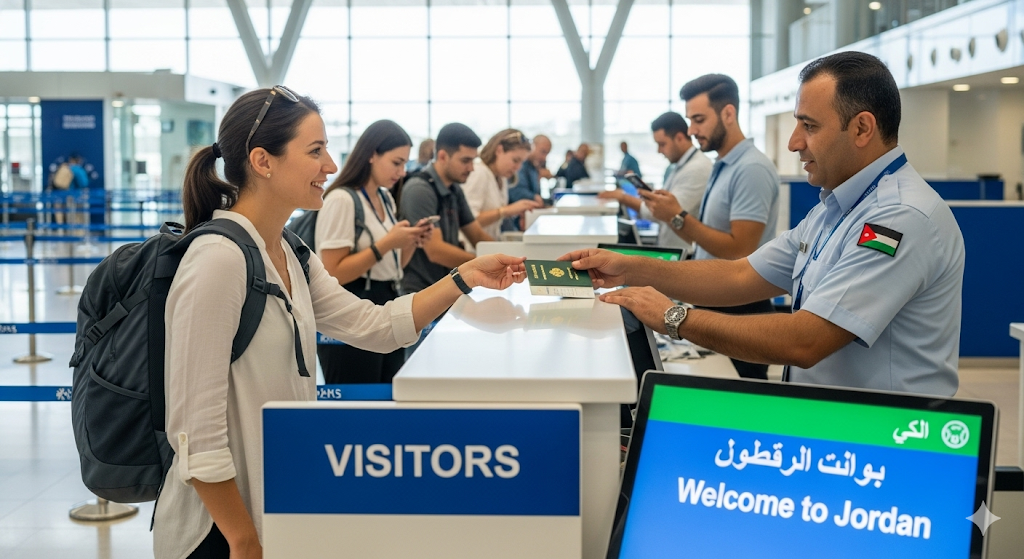
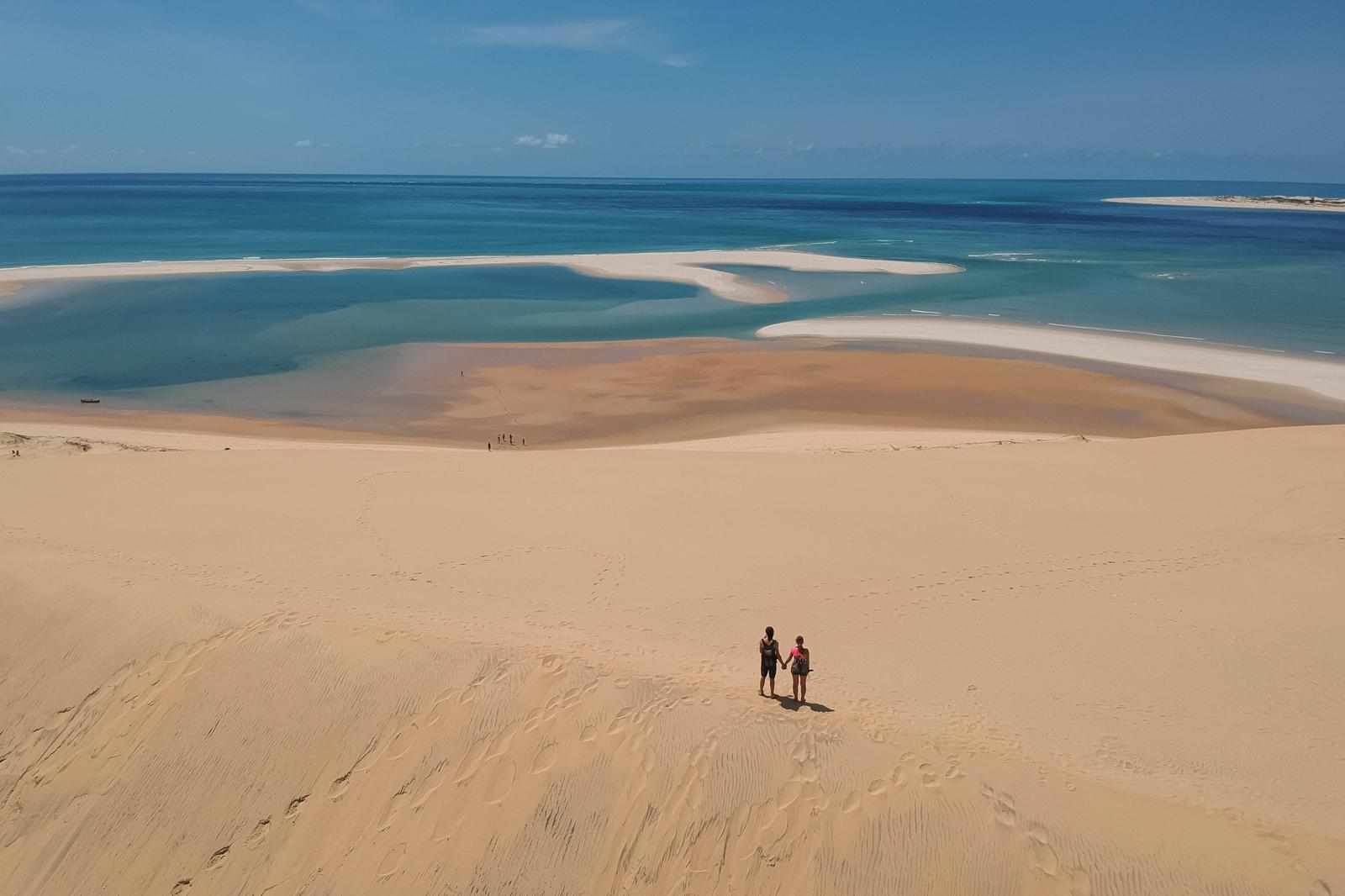
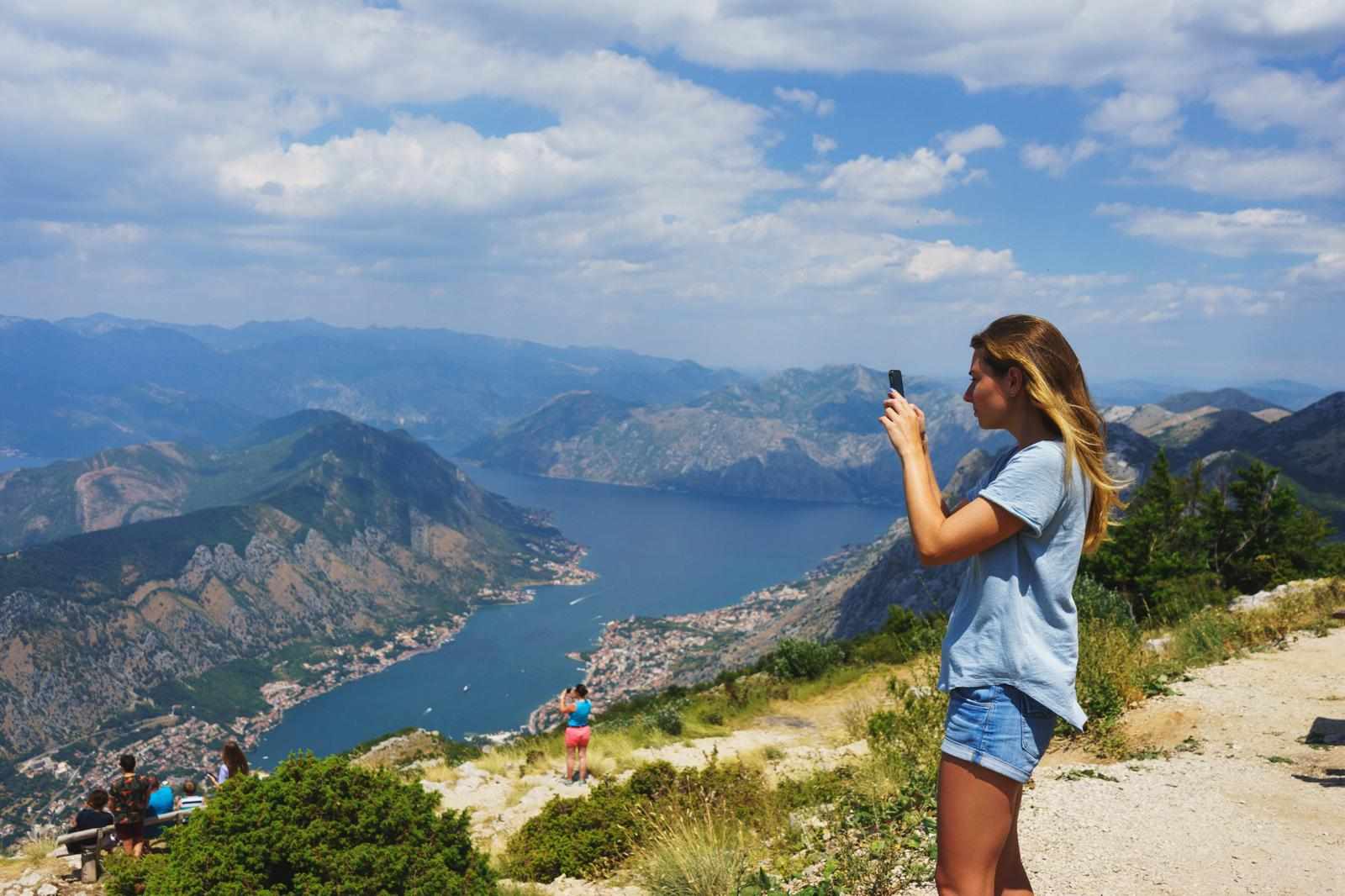
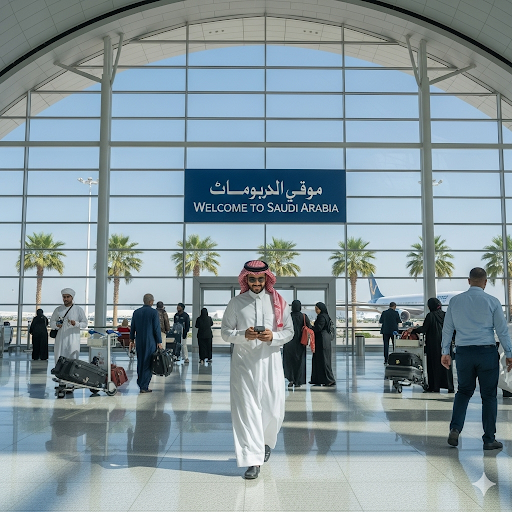
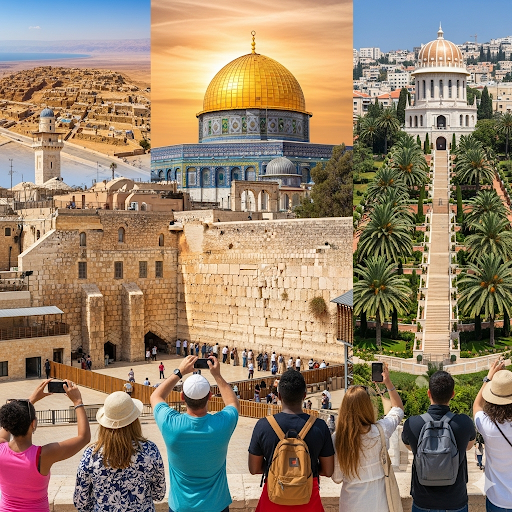
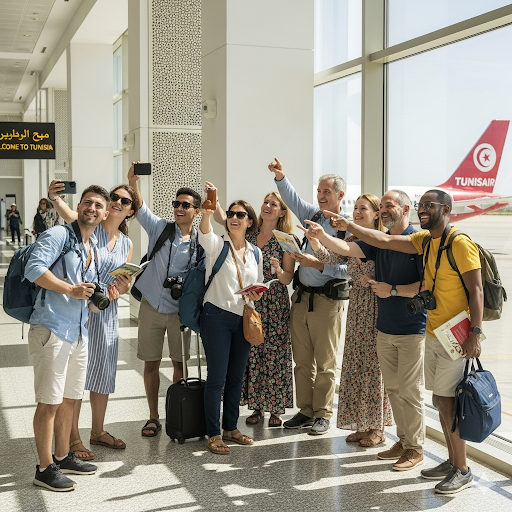


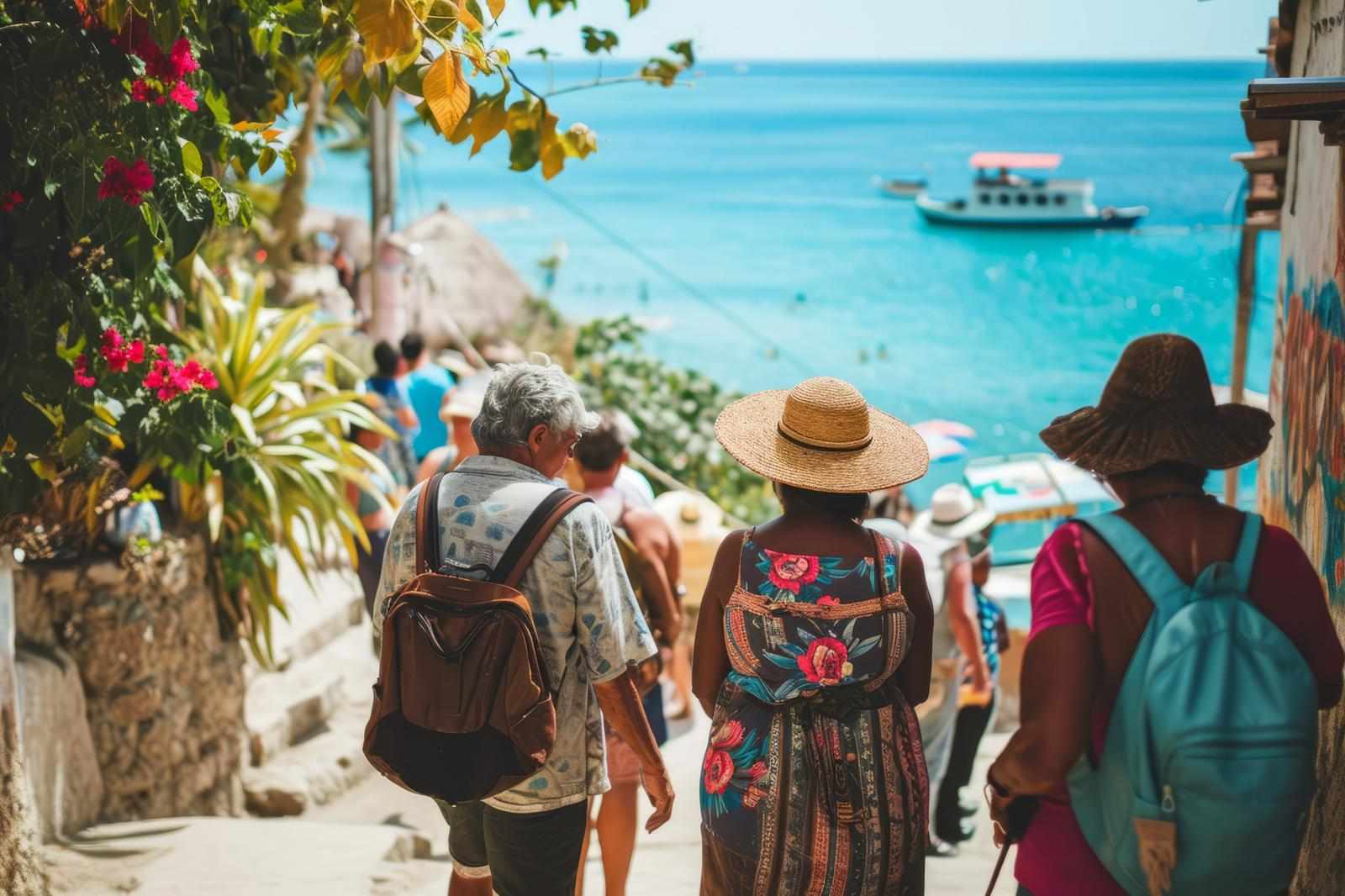
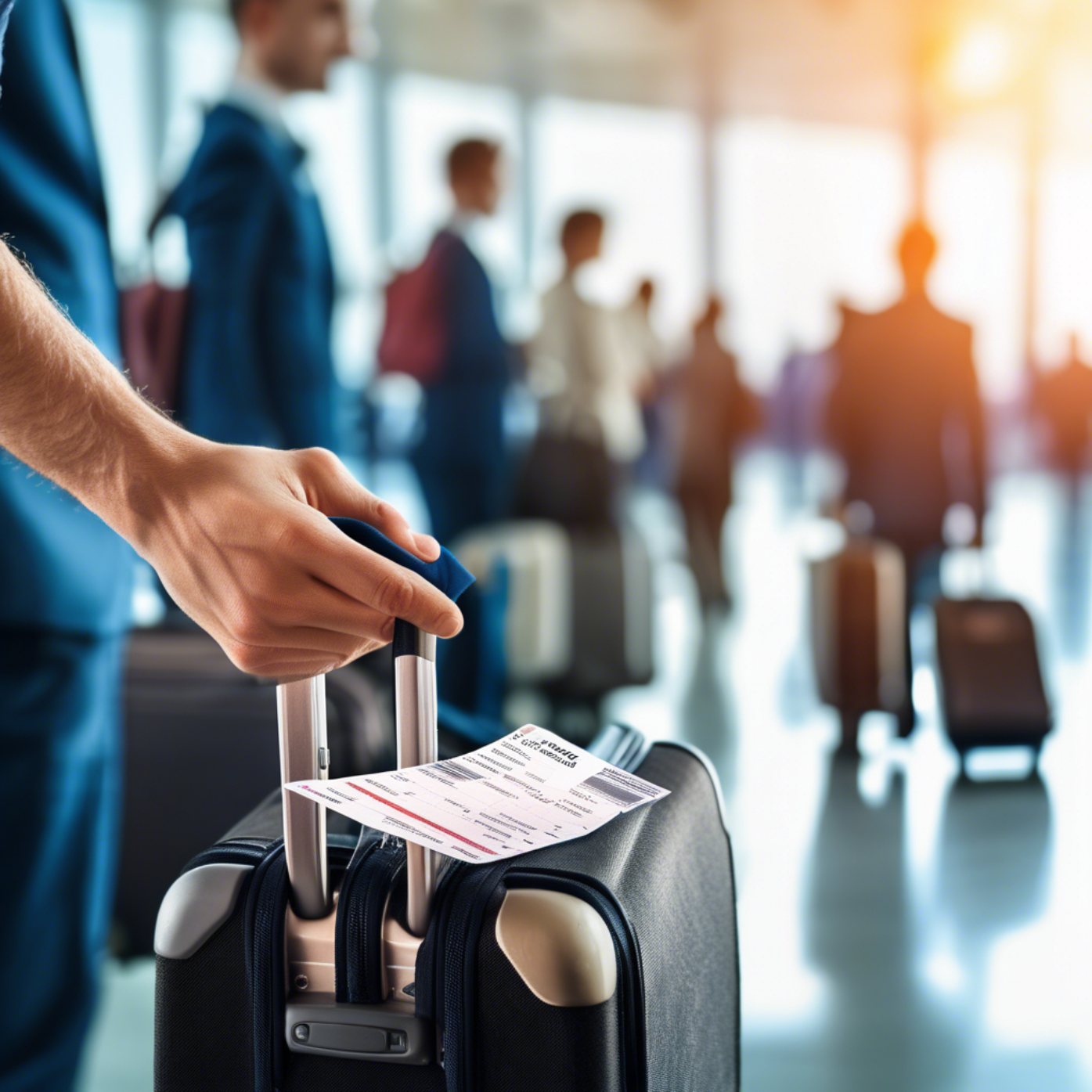
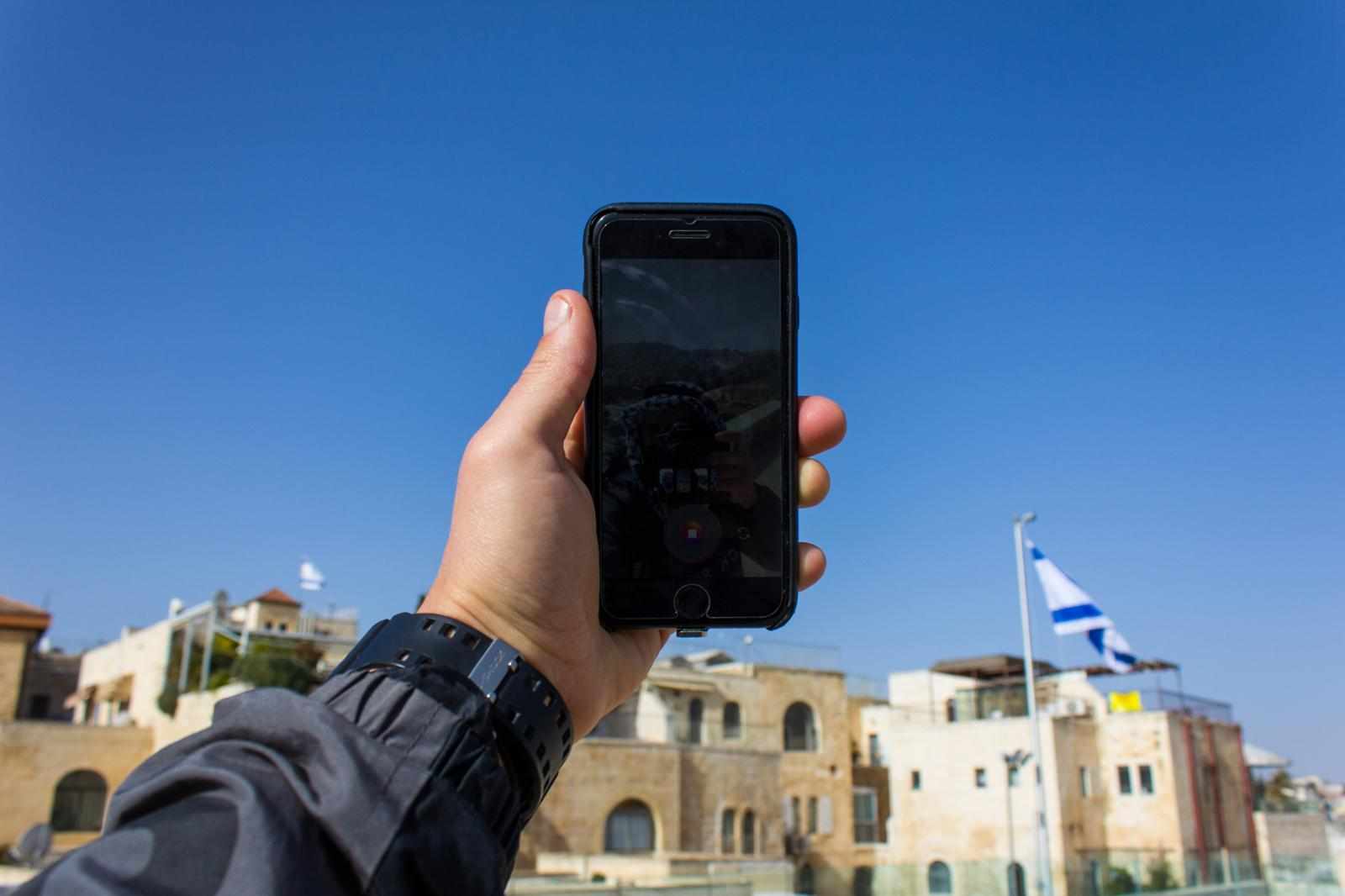
Write a comment ...